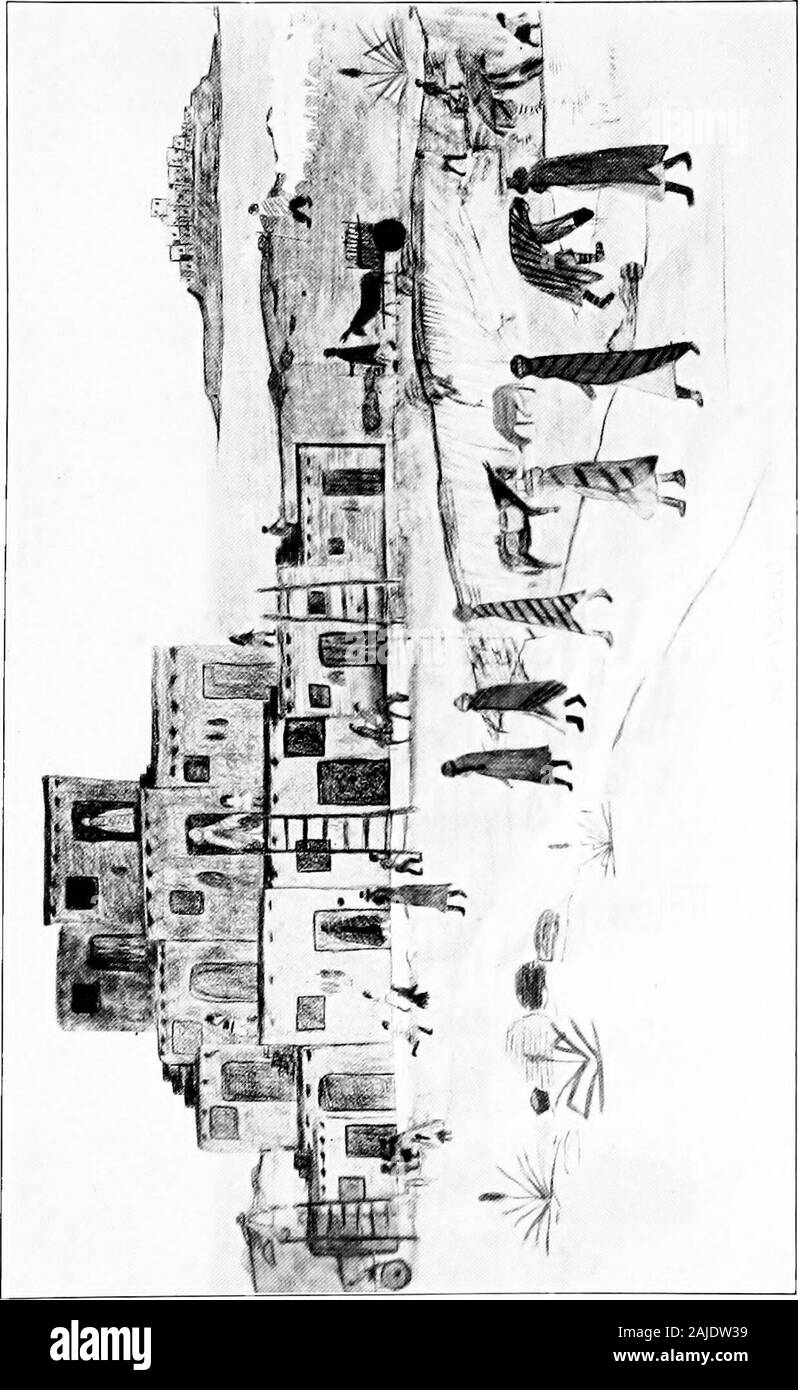Teaching elementary school subjects . early. The Committee of Eight of the American Historical Asso-ciation has attempted to solve the problem by devoting thefourth and fifth years to the study of leading characters andtypical scenes taken from the Colonial and national periods.This is to be followed in the sixth grade by the study ofevents, arts, and customs, selected from Greek, Roman, andmediasval Hfe, which explain the civilization carried by theColonial emigrants to America. To such material abouttwo-thirds of the sixth year are to be devoted, while theremainder is to be reserved for topi

Image details
Contributor:
The Reading Room / Alamy Stock PhotoImage ID:
2AJDW39File size:
7.1 MB (371 KB Compressed download)Releases:
Model - no | Property - noDo I need a release?Dimensions:
1239 x 2016 px | 21 x 34.1 cm | 8.3 x 13.4 inches | 150dpiMore information:
This image is a public domain image, which means either that copyright has expired in the image or the copyright holder has waived their copyright. Alamy charges you a fee for access to the high resolution copy of the image.
This image could have imperfections as it’s either historical or reportage.
Teaching elementary school subjects . early. The Committee of Eight of the American Historical Asso-ciation has attempted to solve the problem by devoting thefourth and fifth years to the study of leading characters andtypical scenes taken from the Colonial and national periods.This is to be followed in the sixth grade by the study ofevents, arts, and customs, selected from Greek, Roman, andmediasval Hfe, which explain the civilization carried by theColonial emigrants to America. To such material abouttwo-thirds of the sixth year are to be devoted, while theremainder is to be reserved for topics from the history of dis-covery and exploration, with the attendant European rival-ries, as far as the year 1600. This plan has been criticisedas overloading the sixth year, but the criticism has usuallybeen based on the mistaken notion that the plan calls forthe systematic treatment of ancient and mediceval history, instead of the study of typical features of these periods. InIndiana the attempt has been made to avoid the danger of. HISTORY 449 overloading the sixth grade by using in the third and fourthyears many stories from the history of Greece and Rome.The Indiana course for the sixth grade is based upon English, instead of general European, history. In a curriculum pub-Hshed in 1908 by Teachers College, Columbia University, there is a fuller treatment of Greek, Roman, and mediaevalhistory, covering about a year and a half, placed betweenthe study of American typical characters and the fuller con-sideration of American history at the close of the course. Subject Matter: Grades i to 3.—The subject matter forthe first two grades, and to some extent for the third grade, is drawn commonly from primitive hfe, especially from thatof the American Indians. Certain plans take their guidingthought from the sequence in epochs of culture, giving tothe pupils of the first grade problems of food and clothing, to those of the second grade pastoral and agricultural life, and to those of th